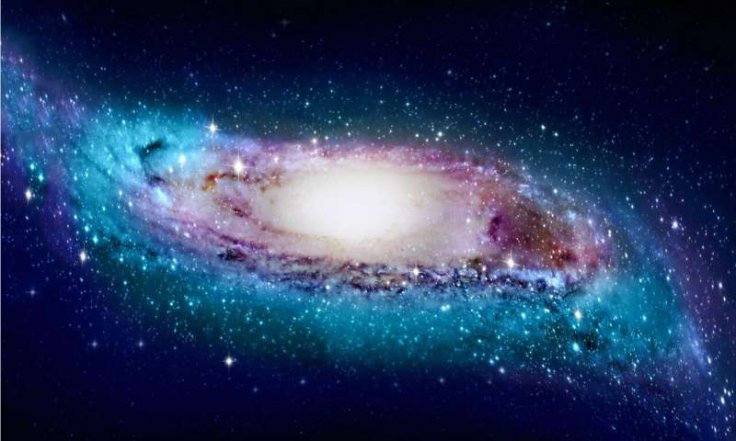A team of astronomers came across a star that bore witness to a collision between the Milky Way and a nearby satellite galaxy. Through the star, the astronomers learned that the Milky Way devoured its neighbor billions of years ago.
For a new study, published in the journal Nature Astronomy, the astronomers observed the star known as Nu Indi. This stellar object is located in the Indus constellation and is about 94 light-years from Earth.

Studying the Nu Indi star
Unlike other stars in the galaxy, Nu Indi is not rich in metal. Also, even though it is three times bigger than the Sun, it has less mass than the giant star. Through a scientific process known as spectroscopic analysis, which allowed the astronomers to study the star's chemical composition, they discovered that Nu Indi was formed inside the Milky Way. However, other data indicates that the star's movement was affected by a massive cosmic event that happened within the galaxy.
According to the astronomers, soon after the star was formed, the Milky Way collided with a nearby satellite galaxy known as Gaia-Enceladus. The impact from the collision affected the movement of Nu Indi, causing it to deviate from its original orbit when it was first formed. "Since the motion of Nu Indi was affected by the Gaia-Enceladus collision, the collision must have happened once the star had formed," astrophysicist William Chaplin, one of the authors of the study.

Colliding and merging with the Milky Way galaxy
According to the astronomers, Gaia-Enceladus is currently the largest satellite galaxy devoured by the Milky Way. Since they believe the collision between the two galaxies happened shortly after the birth of Nu Indi, the astronomers analyzed previous studies to determine the star's age. After determining that the star is about nine billion years old, the astronomers estimated that the collision and merger of Gaia-Enceladus and the Milky Way may have occurred between 11.6 and 13.2 billion years ago. This strongly suggests that the galactic collision occurred right after the universe's formation.
For the astronomers, studying the collision between Gaia-Enceladus and the Milky Way could provide valuable information regarding the evolution of Earth's neighborhood. "Because we see so many stars from Gaia-Enceladus, we think it must have had a large impact on the evolution of our Galaxy," the study's co-author Ted Mackereth explained. "Understanding that is now a very hot topic in astronomy, and this study is an important step in understanding when this collision occurred."









